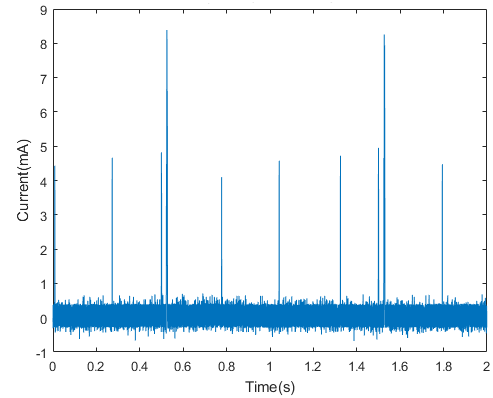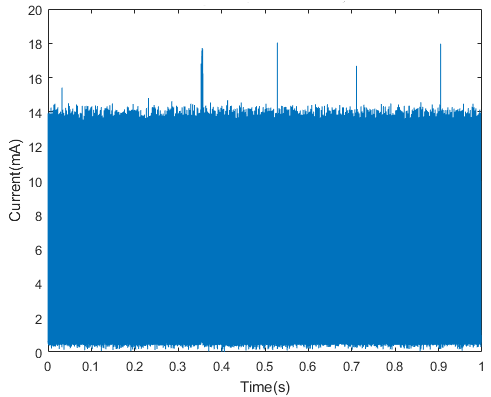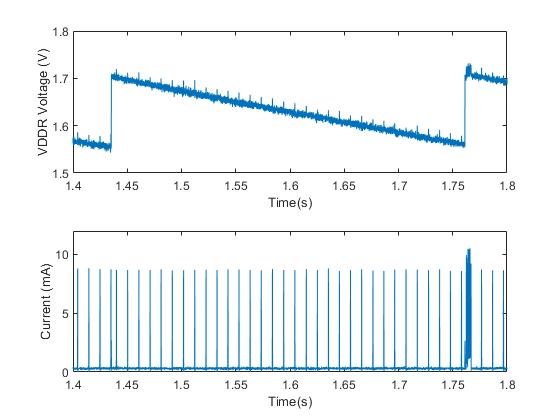Other Parts Discussed in Thread: CC2650
Hello,
I have about 30 custom boards that use the CC26504XS chip. I have previously programmed these boards using Flash Programmer 2 through 2-pin JTAG with either a SmartRF06 or LaunchPad board. No issues. However, now I keep getting "XBAL object failed" on a majority of the boards when programming. The ccfg file for the project was never changed so I'm not sure why it is saying that the board is locked. I've tried using Forced Mass Erase but it will either 1) have "XBAL object Failed" occur or 2) "Erases"(says erase was successful...) and then still can't program afterwards ("XBAL object failed" still). I have uninstalled and reinstalled Flash Programmer 2 and have also tried a different computer but the issue still occurs. Any help is appreciated as this is hindering my research.
Environment:
- BLESDK 2.2.0
- CCS 7.4.0
- tirtos 2.20.01.08
- xdc 3.32.00.06
- Flash Programmer 1.8.0
Thanks,
Johnny




